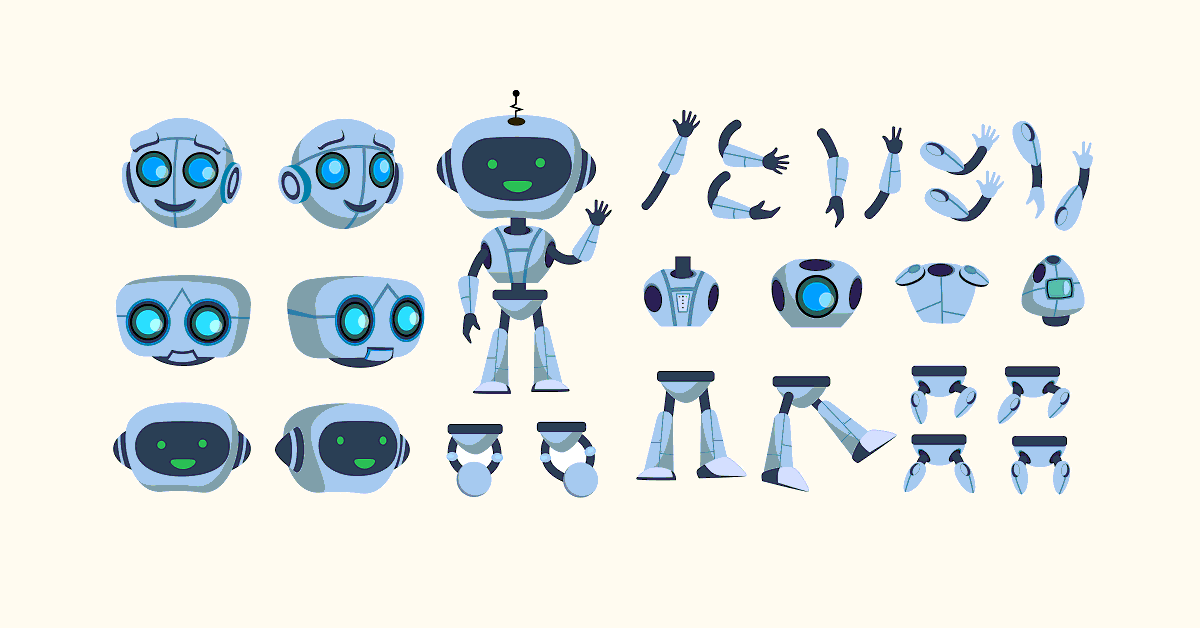
Robotic exosuits, also known as wearable robots, are becoming a game changer in the world of industry and business. These cutting-edge technologies are designed to enhance human capabilities, improve safety, and increase production efficiency. In this article, we'll take a closer look at what robotic exosuits are, the advantages and benefits of using them, and the impact they have on productivity, safety, and ergonomics. We'll also explore the latest advancements and future trends in exosuit technology, as well as the potential challenges and limitations of implementation, and the ethical and social implications of using exosuits in the workplace.
What are Robotic Exosuits?
Robotic exosuits are wearable devices that consist of a suit and various components, such as motors, actuators, and sensors, which work together to enhance human capabilities. They are designed to support the movement of the wearer and reduce the strain on the body during physical tasks, making them ideal for use in industry and business.
Advantages and Benefits of Using Robotic Exosuits
- Increased Production: Exosuits have been shown to increase productivity by 20% in some industries. This is because they are designed to support the wearer's movement and reduce the strain on the body during physical tasks, enabling them to work for longer periods without fatigue.
- Improved Safety: By reducing the strain on the body, exosuits can also reduce the risk of workplace injuries, such as repetitive strain injuries. A leading car manufacturer has implemented exosuits in their assembly line, reducing the risk of repetitive strain injuries by 75%.
- Ergonomic Training: Exosuits can also be used for ergonomic training, helping workers to adopt safer and more efficient working postures. This not only reduces the risk of injury, but also improves overall efficiency.
Examples of Industries That Currently Use Robotic Exosuits
- Manufacturing: Exosuits are particularly useful in manufacturing, where workers are required to perform repetitive tasks, such as assembly line work.
- Construction: Exosuits are also being used in the construction industry to support workers during heavy lifting and other physically demanding tasks.
- Warehousing and Logistics: In the warehousing and logistics industries, exosuits can be used to support workers during the loading and unloading of heavy packages.
Impact of Exosuits on Productivity, Safety, and Ergonomics
- Productivity: As mentioned earlier, exosuits have been shown to increase productivity by 20% in some industries. This is because they are designed to support the wearer's movement and reduce the strain on the body during physical tasks, enabling them to work for longer periods without fatigue.
- Safety: Exosuits can also improve safety in the workplace, as they reduce the risk of workplace injuries, such as repetitive strain injuries. A leading car manufacturer has implemented exosuits in their assembly line, reducing the risk of repetitive strain injuries by 75%.
- Ergonomics: Exosuits can also be used for ergonomic training, helping workers to adopt safer and more efficient working postures. This not only reduces the risk of injury, but also improves overall efficiency.
Latest Advancements and Future Trends in Exosuit Technology
- Improved Comfort and Safety: One of the biggest challenges in implementing exosuits is ensuring they are comfortable and safe for the wearer. However, with advancements in materials and design, exosuits are becoming more comfortable and safer for workers to use.
- Increased Customization: Another trend in exosuit technology is increased customization. As the technology evolves, manufacturers are able to tailor exosuits to the specific needs and requirements of different industries and businesses. This includes customization for different body shapes, sizes, and movements, as well as for specific tasks and environments. This increased level of customization can result in a better fit for the wearer, leading to increased comfort, safety, and efficiency.
Another aspect of customization is the ability to add and integrate new features and technology into the exosuits. For example, exosuits may be equipped with sensors, cameras, and other technologies to gather data and improve production processes. This allows companies to continuously improve their operations and stay ahead of the competition.
Challenges and Limitations:
Despite the numerous benefits of exosuits, there are also challenges and limitations in implementing this technology. One of the biggest challenges is ensuring that the exosuits are comfortable and safe for the wearer. Exosuits need to be well-designed and properly fitted to avoid any discomfort or injury to the wearer. This can be a challenge, especially for workers with unique body shapes and sizes.
Another challenge is the cost of exosuits. While the benefits of exosuits are significant, the initial investment in this technology can be substantial for some businesses. Companies must carefully consider the cost and potential return on investment before investing in exosuits.
Finally, there are ethical and social implications of using exosuits in the workplace. Some workers may feel that exosuits take away from the human element of their work, while others may feel that they are being replaced by machines. It's important for businesses to address these concerns and ensure that workers are comfortable with the technology.
Conclusion:
Robotic exosuits have the potential to revolutionize industry and business by improving production, safety, and ergonomics. The latest advancements in exosuit technology include increased customization, integration of new technology, and improved comfort and safety for the wearer. However, there are also challenges and limitations in implementing exosuits, including the cost, comfort, and ethical and social implications. As the technology continues to evolve, it will be interesting to see how exosuits continue to impact industry and business.
Technology




